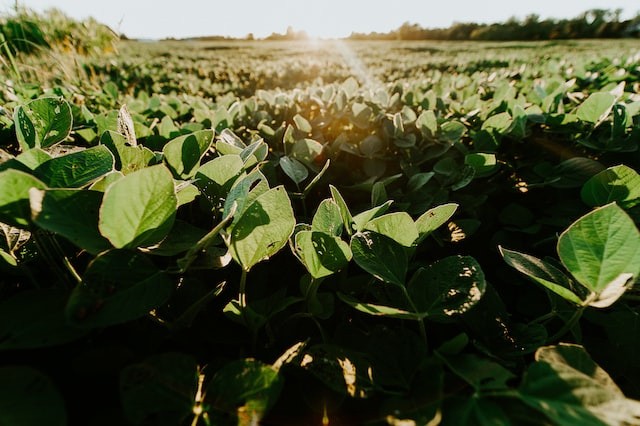Scientists at the National University of Singapore have discovered how plants control the development of stomata, the tiny openings on their surface, to reduce water loss under dry circumstances.

Worsening Situation for Plants
Due to drought, more powerful storms, and rapid warming, plant communities will shift.
According to the Fourth National Climate Assessment, increased temperatures and changing precipitation patterns would cause considerable changes in plant groups and increase habitat loss from the beaches to the tops of mountains. Subsequent assessments only increase the urgency of this situation from the Intergovernmental Panel on Climate Change.
Wolfgang Buermann, a geographer at Boston University, claims that the development of plants may significantly impact the climate. He says that there are several methods for plants to modify the Earth's atmosphere's temperature. Plants use the energy from the sun to absorb carbon dioxide from the atmosphere through photosynthesis, which they then convert into the carbohydrates they require to thrive. Since carbon dioxide is one of the most prevalent greenhouse gases, its removal from the atmosphere may help to slow down the planet's overall warming.
Biological Processes

The gas exchange between plants and the atmosphere depends on stomata found on the leaves' surface. Stomata, where water vapor escapes from the inside of the leaves, are also the main locations of water loss. Plants have two stomatal reactions to preserve water when there is a water shortage: they restrict the growth of new stomata and seal the pores of existing ones.
These reactions, which are regulated by the phytohormone abscisic acid (ABA), are essential for plant drought adaptation and are especially pertinent for maintaining agriculture in the face of climate change. However, it remained unclear how ABA reduces stomatal output.
The study group from the Department of Biological Sciences at the National University of Singapore, under the direction of Assistant Professor LAU On Sun, described the mechanism behind this drought-mediated inhibition of stomatal growth in the most recent edition of Science Advances.
Discovering the SPEECHLESS
They discovered that the critical stomatal regulator SPEECHLESS (SPCH) is directly phosphorylated by the core kinases of the ABA signaling, which are active during drought. The process of phosphate group added to a molecule is known as phosphorylation. ABA phosphorylates the SPCH protein at two different locations, and this phosphorylation causes SPCH to degrade.
Since SPCH encourages stomatal growth, its phosphorylation resulted in lower amounts of SPCH and fewer stomata, while the removal of these sites (S240/271A sample) had the opposite effect. Additionally, and this is crucial, the researchers showed that plants with the modified SPCH phosphorylation sites had varying levels of drought tolerance.
According to Prof. Lau, "Our results demonstrate that a specific 'code' underlies a key plant water conservation response. This is exciting because it suggests that by manipulating the code, we could optimize crop plants for various growing conditions, from conventional to urban farming, and fine tune their drought tolerance."
Related Article : French Farmer Uses Sustainable Crop to Defy Drought
For more news update about alternative lifestyle and the environment, don't forget to follow Nature World News
© 2026 NatureWorldNews.com All rights reserved. Do not reproduce without permission.





